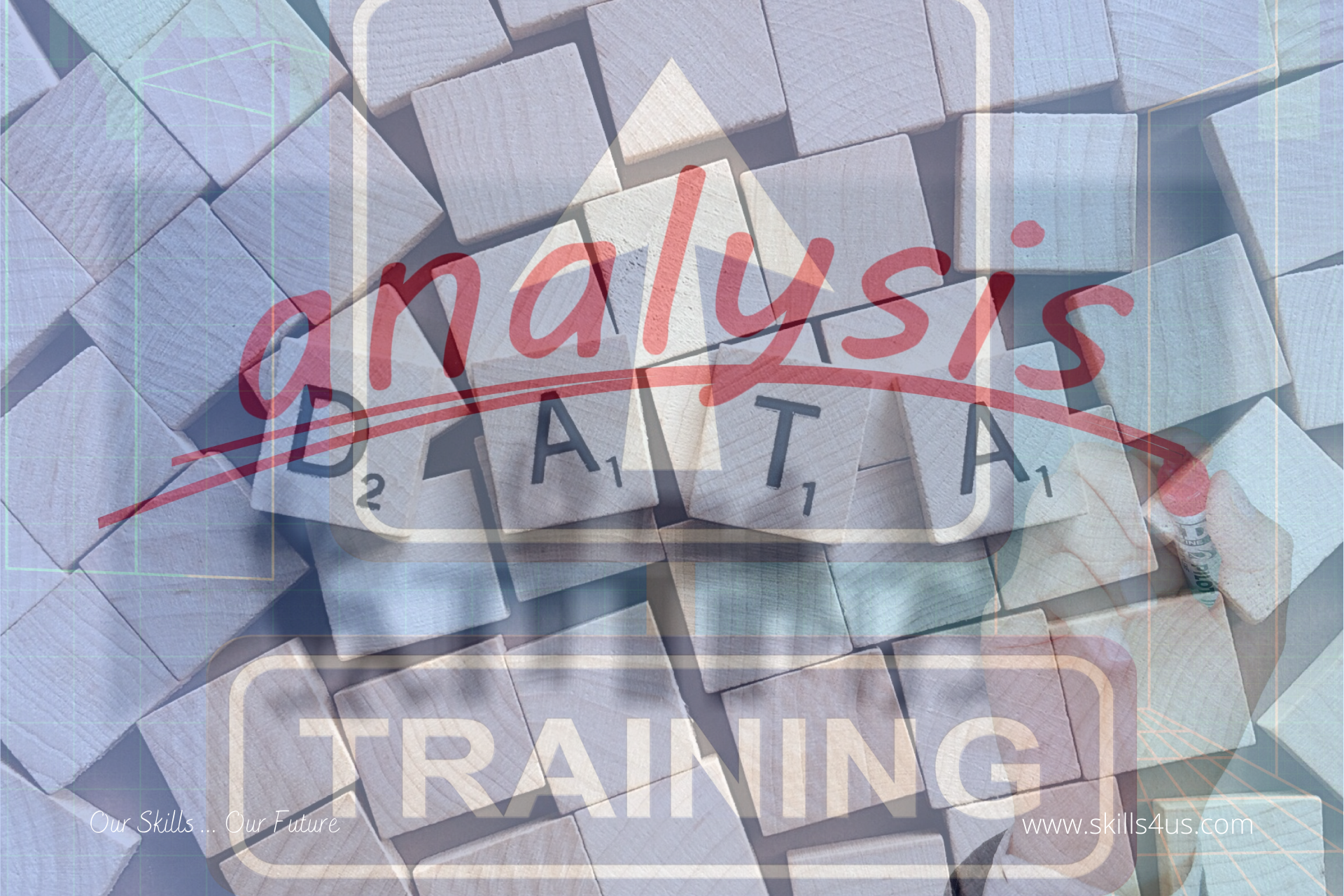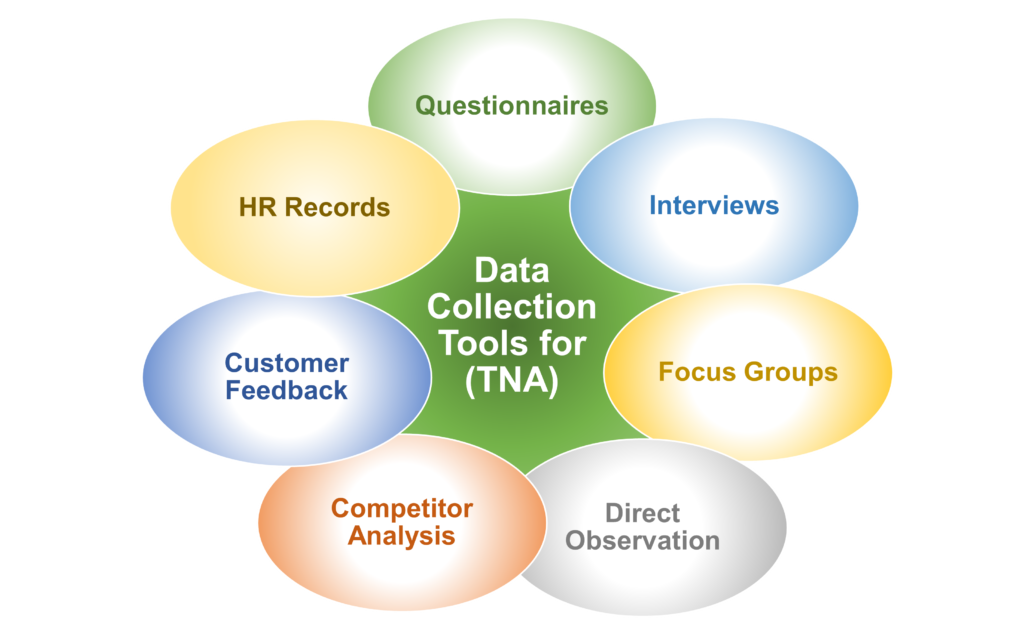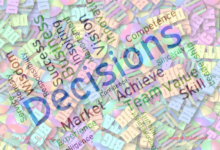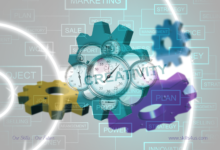
The Most Common Data Collection Tools for Training Needs Analysis (TNA)
Conducting a TNA is critical to any organization that wants to ensure its employees have the skills and knowledge to perform their jobs effectively. In addition to being an essential tool for HR professionals, it helps identify areas of L&D that need focusing on to improve employees’ skills, knowledge, and capabilities. Various data collection tools for TNA are available, which help build a solid foundation for developing successful training programs that help the organization grow and develop.
Benefits of a (TNA)
- Determine gaps: A TNA can help determine if the organization has any organizational problems resulting from a lack of skills, knowledge, and capabilities.
- Planning: A TNA can help plan employee training programs in advance to align with business activities and budgets.
- Get creative: A TNA can help you think outside the box and highlight areas of training that may not have been thought of before.
- Target the right people: A TNA can help target the right people for each training program, leading to the design of customized L&D programs. And workplace guidance that keep employees engaged and motivated to learn.
Data Collection Tools for TNA.

The selection of data collection tool for TNA based on the job type of the employee. And the analysis that needs to identify skills gaps. Therefore should determine the quality of the current employees’ performance. And it is necessary to collect data reflecting areas of strength and weakness. Using many different tools for a TNA, each with its strengths and weaknesses. Some of the most popular tools include:
1. Questionnaires
Questionnaires are an effective and straightforward quantitative survey tool in which employees are handed a set of questions with limited answer options. A well-designed questionnaire is distributed among the employees to understand their training needs of the employees. It can be managed in several ways, for example, via social media platforms, the Internet, email, or in person. Thus, these limited responses can be linked to numeric scores and used for objective analysis. Additionally, to improve the survey’s credibility, employees can submit answers anonymously . Because anonymous surveys often give employees the confidence to share their honest opinions.
2. Interviews
Interviews are a form of qualitative research tool and are effective for gathering information about knowledge and skills gaps. They also allow HR professionals to collect properly annotated answers that underlie employee experiences, personal perspectives, and emotions. However, the collected responses can be interpreted differently as there are usually no clear criteria for reaching conclusions. Furthermore, the interview may be conducted in person or virtual, individually or in small groups, to determine how individuals or groups of employees prefer learning new skills or information.
3. Focus Groups
It is a brainstorming process to understand the skills gaps of the employees. Under this method, employees working in the organization are encouraged to talk and discuss ways to improve their work performance. Just like a typical training session! The role of the facilitators is to observe the staff, take note of their views and steer the discussion in the right direction. This method lets employees express their opinions with their colleagues, making them feel more confident. It is necessary to ensure that the discussion is relevant, relaxed, and varied. In addition, HR professionals closely observe and analyze this conversation to understand the organization’s training requirements.
4. Direct Observation
As the name suggests, this involves monitoring employee performance. Monitors usually carry a checklist that they follow while observing employees.
Direct observation includes observing the technical methodology used to perform the job, the functional aspects of the job, and the behavioral aspects of the employee. They also provide qualitative and quantitative feedback on the employee’s performance and identify potential knowledge and skill gaps. This method can be very time consuming and requires much close attention.
5. Competitor Analysis
It is essential to know where you stand in your field. How is your closest competitor? Are their sales numbers higher? Better customer satisfaction ranking? If so, what are they doing to make it happen? This means you can keep your business model the same, but your employees may need to acquire and learn new and advanced skills in a particular field that will make them more competitive. Thus, the appropriate training program is designed for that.
6. Customer Feedback
Most service industry failures are identified using customer feedback. Direct feedback from the client indicates the specific work area that needs improvement. Often customer feedback includes indications about the skills and knowledge gaps of the organization’s employees. This calls for addressing these gaps through specialized training programs.
7. HR Records
HR records can include incident and safety reports, job descriptions, job competencies, exit interviews, performance appraisals, and other organization records such as production, sales, and cost. For example, suppose the department has a significant increase in workplace accidents. In that case, it will be essential to review the incident reports as part of the gap analysis before conducting safety training.
Not all of these tools may be appropriate for all organizations. Therefore, using the right mix of data collection tools for TNA is essential according to the organization’s needs. Moreover, the mere collection of data is optional, and data needs to be studied objectively and comprehensively to make effective training design and implementation decisions.



